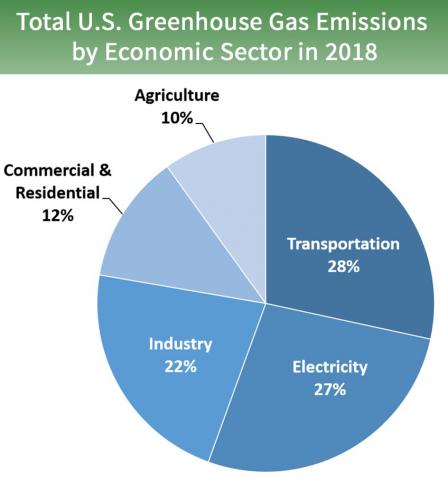Sustainability. When I hear that word, many concepts may come to mind. From a negative perspective, I think of images of smokestacks on manufacturing plants or large trucks spewing thick clouds of exhaust. From a positive perspective, I think of clean air, water and sustainable food.
Sustainable nutrition is one aspect of sustainability that’s important to nutrition professionals. We get questions from clients, patients and students about where our food comes from – and we need to be able to answer those questions with credible information.
According to the World Health Organization, sustainable diets are those with low environmental impacts which contribute to food and nutrition security and to healthy life for present and future generations. Sustainable diets must be able to nourish people and protect the planet.
While we know what a diet with high nutritional value is, how do we know what a diet with low environmental impact is? Let’s review a few common concepts about sustainable food production and separate fact from fiction:
Fiction: When asked about sources of greenhouse gasses (GHG), many people cite that animal agriculture is a main contributor, often stating that animal agriculture contributes 18% of us GHG.
Fact: However, according to the US Environmental Protection Agency (EPA), the entire agriculture sector is only responsible for 10% of the total greenhouse gasses in the US. Transportation, electricity and industry contribute much more GHG than food and fiber production.
Fiction: Dairy foods are a big part of the problem when it comes to sustainability.
Fact: Dairy was the first food product to conduct a ‘life cycle assessment’ (LCA), measuring GHG emissions from ‘grass to glass’. This established baseline data that measured GHG from grass to glass. The research confirmed the industry contributes approximately 1.9% of total U.S. GHG emissions. The dairy life cycle assessment was groundbreaking research and the first of its kind in terms of extensiveness and depth. It was the first agricultural life cycle assessment that included the whole value chain on a national level.

Fiction: If we switched to plant-based dairy products, we’d have better diets with less impact on the environment.
Fact: According to research published in the Journal of Dairy Science, if there were no dairy cows in the US, the US GHG emissions would only be reduced by about 0.7%. Models showing the reallocation of the land from dairy farms to crops such as fruits and vegetables would potentially increase GHG emissions by 9% above that produced by dairy farms. This is accompanied by a loss of essential nutrients from the food supply that are supplied by dairy foods. According to the researchers, modeling showed that calcium would be reduced by 72.6%, vitamin B12 by 56.7%, and vitamin D by 53.9%.
Since 1944, The U.S. Dairy Community has Reduced Our Impact …
%
Less Land
%
Less Water
%
Less Manure
%
Less GHG
Environmental Stewards
It’s long been said farmers are the original environmentalists – we’ve often used the phrase: ‘Every Day is Earth Day on a Dairy Farm’. Dairy Farmers make responsible use of their resources while protecting their land and animals, not just for now but for future generations.
According to research published in the Journal of Animal Science, from 1944 to 2007, producing a gallon of milk uses 90% less land, 66% less water, and produces 76% less manure and 63% less GHG.
In addition, although total milk production in the U.S. increased by 24.9% between 2007 and 2017, the total GHG emissions from milk increased by only 1%.
Net Zero by 2050
Looking forward, the dairy industry has set a goal to be “Net Zero by 2050”, including the dairy supply chain from field to farm to processor. By using evidence-based improvements in feed composition, manure management, and water use and quality, US dairy collectively commits to:
- Become carbon neutral or better
- Optimize water use while maximizing recycling
- Improve water quality by optimizing utilization of manure and nutrients
Data will be collected every 5 years to show progress toward these goals. And that progress will be communicated to companies and consumers alike.
Dairy: Environmental Solution
The dairy industry has committed to being part of the solution to climate issues. You can be assured that the dairy products that you recommend to your patients and clients are sustainably produced, with dairy farmers being responsible stewards of their animals, land, air and water.

